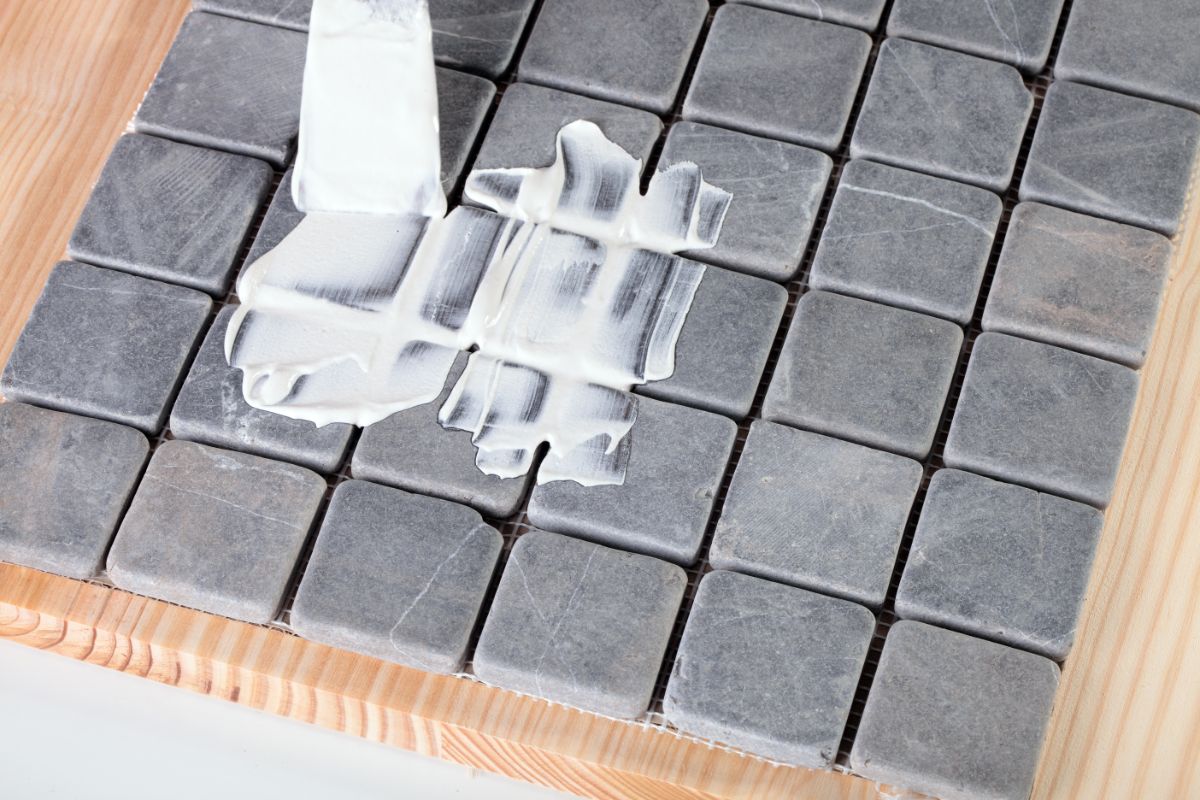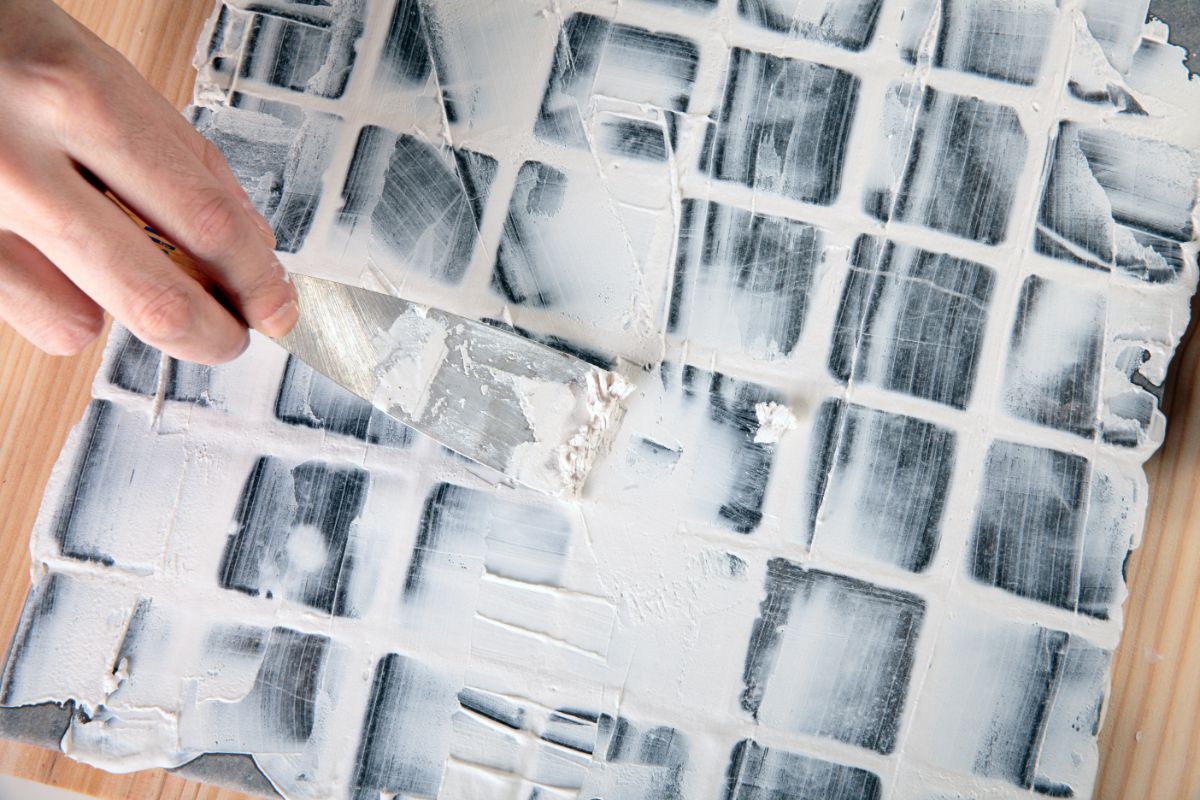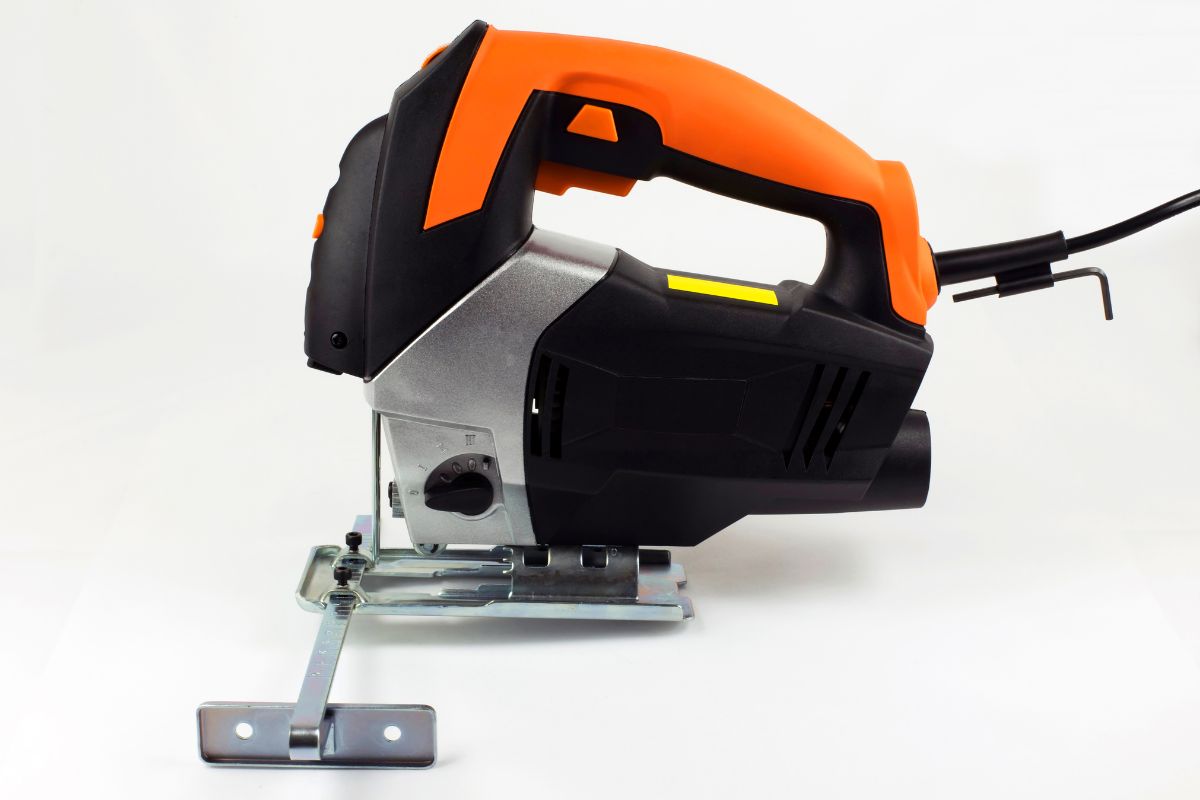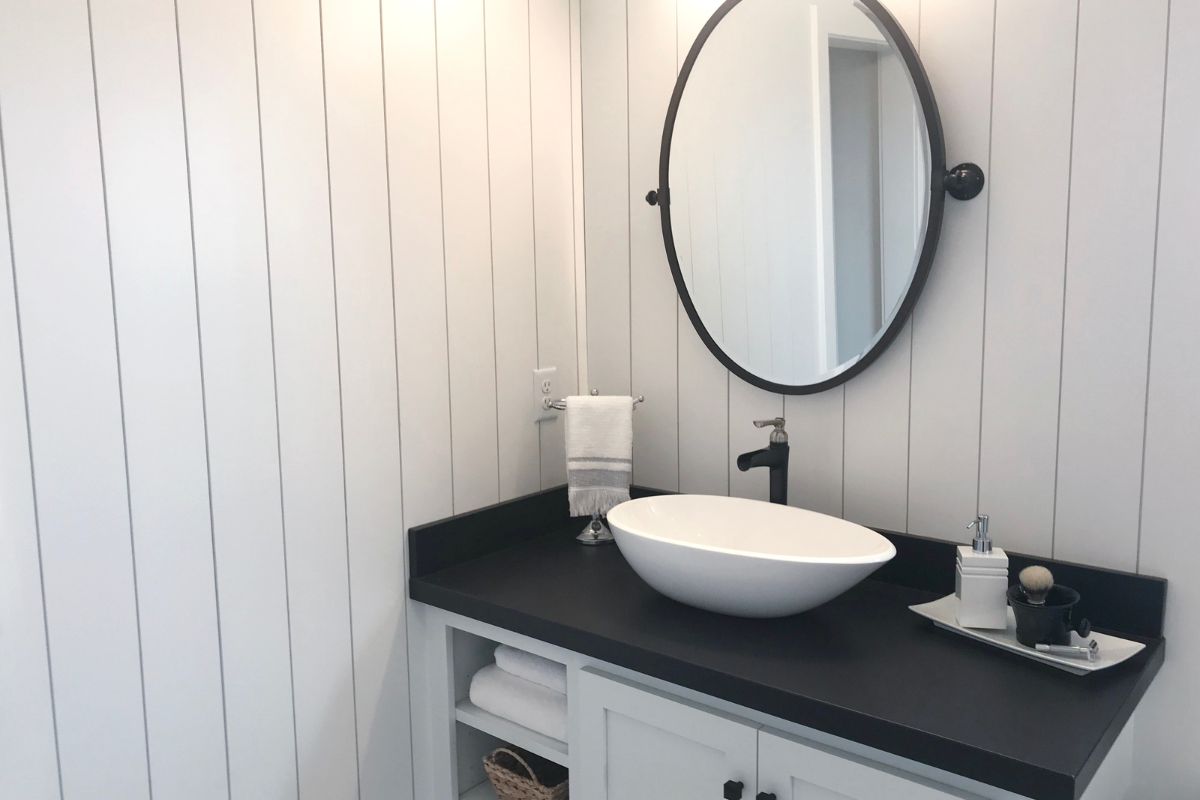Grout and mortar are sometimes used interchangeably but what is not widely known is that the two products actually have some major differences.
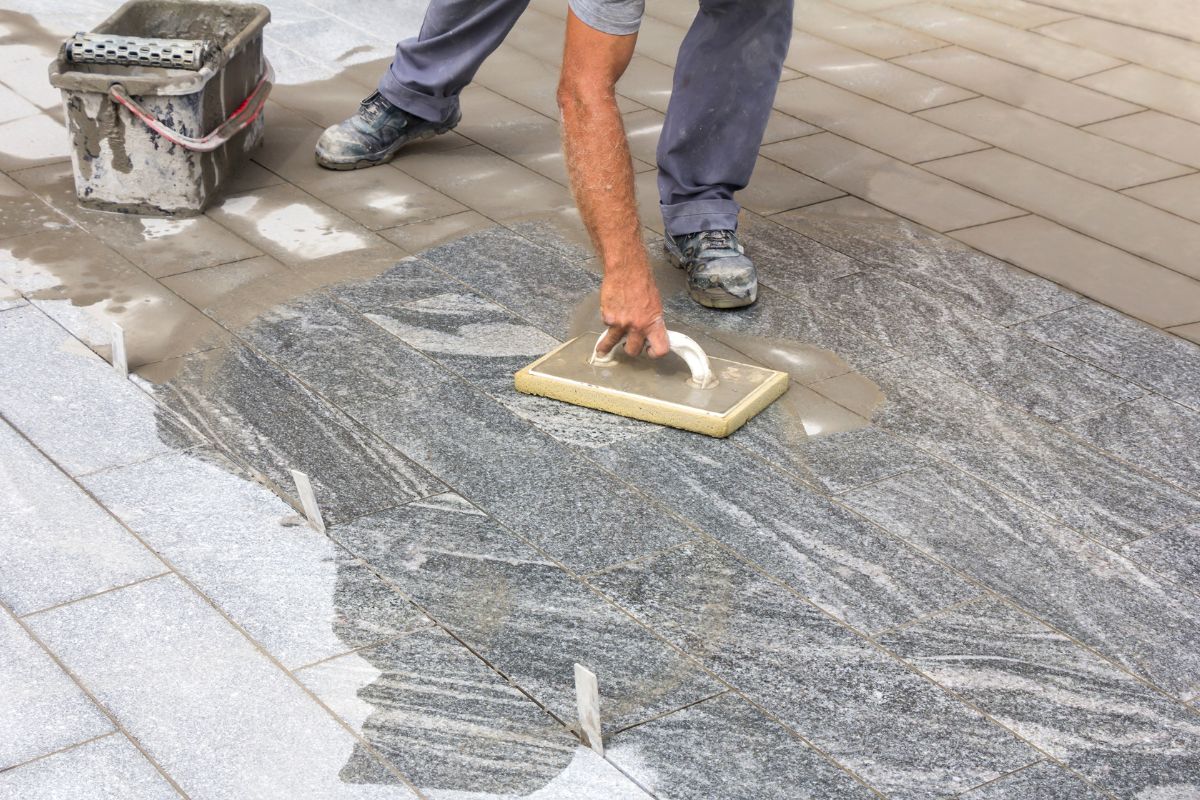
Whilst grout and mortar are made of cement and are used for construction, they are different when looking at how they are used, the makeup of the products, the texture of them and also their strength.
So if you plan to start a DIY job that is going to involve installing tiles then you will be required to familiarize yourself with the two materials.
There are big problems that can come from using the wrong material if you do use mortar or grout for the wrong job then you will suffer from a very poor quality install job which in cases will need a complete redo.
Now let’s go more in depth with the differences between the two so that the next time you start that job you have been pushing further and further back you will be certain in the material that you do need to be using.
What Is Mortar And Its Uses?
Firstly lets do a deep dive into mortar and the types of jobs you will be needing to use it for. Mortar simply is an adhesive cement that is used for sticking together two materials to each other.
The adhesive is formed from a bond of cement, water and sand as well as additional additives that increase the bonding, water resistance and flexibility of the adhesive.
When mixed together it is formed into a buttery smooth like consistency that will easily stick on the blade of a trowel like butter to a hot knife.
Mortar has a huge range of uses and can be dependent on the specific type of job.
The main use for mortar is its great ability for adhering both concrete and brick blocks together for building walls and can also be used in making floors secured to the ground as well tiles specifically designed walls to be secured to whatever surface they are being used on.
In comparison to your normal concrete mortar much like with grout also has some big differences.
Whilst mortar does not have a similar strength as concrete it does have a bigger air content with the ability to easily retain much more water.
So why not just use concrete since it is stronger? Well there is a reason for mortar not having the same strength as its stronger counterpart, because you would want your mortar to be a weak point for the job you are doing.
This is important because if as time progresses the build begins to shift over some time then it will be the mortar breaking away instead of either the tiles or bricks breaking.
It makes your repair job simpler as all that you will be required to do is clean out your broken mortar and simply replace it with some new fresher mortar.
Thinset mortar is the most common variety of mortar that you will be seeing used by people involved in the DIY world.
This type of mortar is formulated specifically for the job of securing the tiles to any cement, backer board or stone.
The mortar is designed for use in thin layers and this plays perfectly with its brilliant bonding capabilities.
Mortar will usually but will not always contain some hydrated lime, this contributes to create what is a more dense, water resistant product.
Referred to more commonly as lime mortar, this variant is not as common as cement mortar.
Cement mortar is made up of Portland cement, water and also fine aggregate it functions in essentially the same way as lime mortar.
What Is Grout And Its Uses?
Now let’s move on to grout which is a cement based filler that is made to fill and flow through and gaps that can be found in any tiles and also can be used for sealing parts of precast concrete that have cracked or chipped.
Grout is not used as an adhesive unlike mortar it is considered more as a sealer or gap filler.
Due to its use for flowing into some small gaps its concentrate is thinner and is much more viscous than mortar.
The viscosity of it makes it ideal for cleaning up and tiny gaps and easily filling them that otherwise could be either impossible or very difficult to feed mortar into.
You will find types of grout between your tiles in the bathroom, specifically the shower floor.
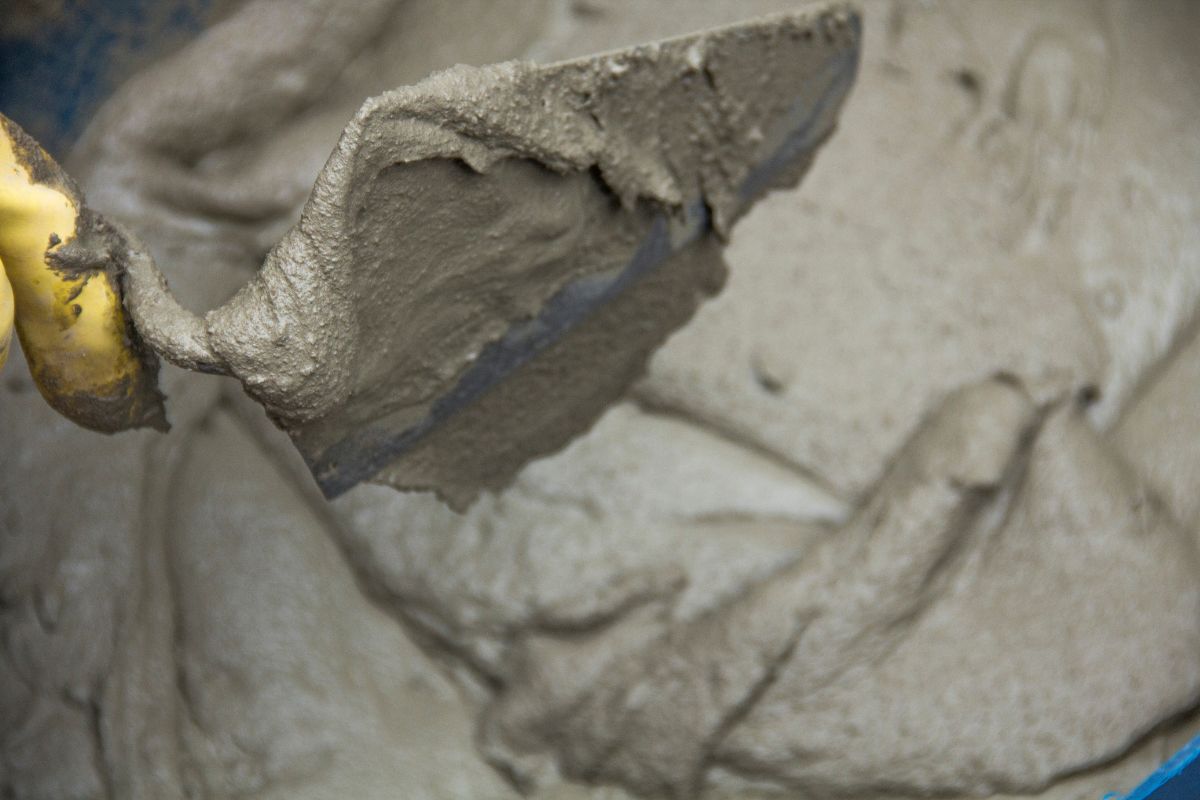
The mixture of grout is made up of water, fine aggregate, cement as well as some additives such as polymer and epoxy.
Grout is designed for forming a seal that is watertight, once it is cured and then sealed with an additive this in turn prevents the growth of mildew or mold from taking up home in your shower or bathroom as a whole.
Your average grout will come in a large range of colors and additionally can come in a pre mixed for power form. Much like mortar, grout also comes in many different types that each are tailored for different uses.
Unsanded grout is for use on tiles that have a gap of less than ⅛”.
Due to this variety not having sand in its mix it is stickier than some of the other varieties of grout this is why its main use is for tiling on vertical surfaces like bathroom and shower walls.
Next up is finely sanded grout which is used mainly for tiling floors where the joints are between ⅛” and ⅜” wide.
This variety has a fine aggregate that is in the mixture this makes it a great option for general use and can cover a big range of tiling jobs.
The next grout variety is the quarry type, it contains a coarse grain of sand that can be used for up to ½” wide. The makeup is almost the same as finely sanded grout with the exception of the graniner sand used.
Finally we have the last variant which is the epoxy grout. The last grout is also the most different from the other three.
Containing an epoxy resin as well as a hardener, this makes it very strong and also is stain and moisture resistant.
You will most commonly see this grout being used on kitchen countertops and other areas of the house where you will get stains occurring more frequently.
Which Is Stronger?
We have already seen that cement is stronger than mortar but what about the two products we have been speaking about so heavily.
You will be shocked to hear that mortar is actually weaker than grout.
This does not seem right as you would be led to believe that the mixture that makes up brick walls would be a stronger compound than the one used to just fill little gaps in bathroom tiles.
There is a reason that grout is stronger and it is that as we have mentioned mortar is designed to be the weak point in that wall.
This ensures that if the wall were to fail then it is much easier to fix the mortar than rebuild the bricks.
Whereas grout is designed to be the fix to issues and to hold a gap together so it will not crumble easily and is the stronger of the two for this reason.
The compressive strength is the main metric that is used to measure any cement based materials.
The metric measures the ability of the material to withstand the pressure placed on it and it is measured with pound per square inch more commonly known as PSI.
Your average mortar strength will fall between 750 to 2500 PSI but depends heavily on the type of mortar being tested.
Whereas grout will generally range between 2,500 and 5,000 PSI, so as you can see the difference is drastic and it is clear that grout is the stronger of the two.
Final Thoughts
There we have it, hopefully you now know all that you need to know about the differences between grout and mortar and their large range of uses.
You will never confuse the two again and hopefully will not be building walls out of grout and attempting to fill holes in your bathroom with mortar.
Both are fantastic products that hold their own in their niche and there are not any better available.
- The Woodworkers Guide to Brad Nailers: Everything You Need to Know - September 25, 2023
- How To DIY An Aztec Garden Dining Table [The Easy Way] - October 18, 2022
- Farrow & Ball Pigeon: Is It Right For Your Home? - October 17, 2022


